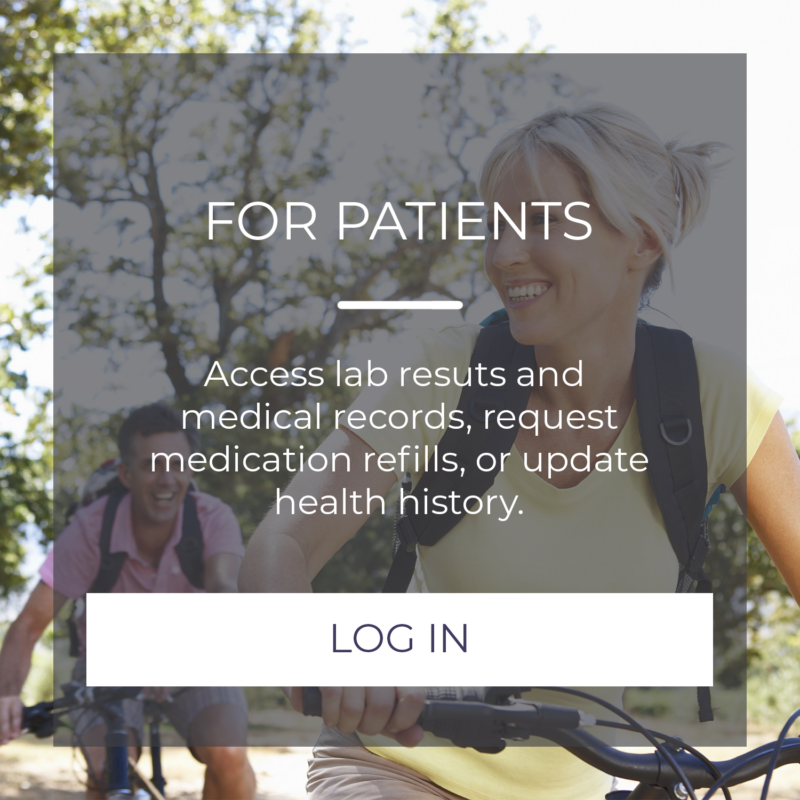Lovely little legs.
Varicose veins can cause cramping pain and movement problems, or they may simply be a cosmetic concern. If you’re suffering from varicose veins, we can help. Vascular surgeon Dr. Laura Garvey is an expert on varicose vein treatments.
A varicose vein is a vein that has enlarged and twisted, often appearing as a bulging, blue blood vessel that is clearly visible through the skin. Varicose veins are most common in older adults, particularly women, and occur especially on the legs. Varicose veins can cause cramping pain and movement problems, or they may simply be a cosmetic concern. Treatment includes elevating the affected limb, wearing support hose to increase pressure on the vein, and in some cases surgery. If surgery becomes necessary, vein stripping for varicose veins might be the recommended procedure to remove large varicose veins in the lower legs.
Vascular surgeon Dr. Laura Garvey specializes in the treatment of all venous diseases. After talking with you, Dr. Garvey will perform a thorough examination and go over your medical history then develop a treatment plan. If vein stripping is recommended, then she will explain that vein treatment consists of several incisions around the groin or upper leg area, in order to place a wire into the veins to remove them.
Candidates for Vein Stripping for Varicose Veins
- You are a candidate for the treatment if you have large, visible twisting veins.
- Leg pain
- Venous ulcers on the legs
Symptoms
- Heaviness and achiness in the legs
- Swelling of the lower leg and ankle
- Leg cramping, especially at night
When vein stripping is performed, smaller veins that feed into the larger vein to be removed might also be removed or tied off to ensure healthy blood flow in the area.
Vein stripping for varicose veins may also be recommended after successful treatment of a venous ulcer. These sores appear near the ankle and are the result of venous insufficiency in the leg. By removing the vein that led to the venous insufficiency, the risk of the venous ulcer returning is greatly reduced.
About the Procedure
Vein stripping for varicose veins is usually performed in a hospital or outpatient clinic. The patient may be given general anesthesia, or a spinal anesthesia with sedation. The choice of anesthesia will depend on the specific procedure as well as the patient’s preference.
Vein stripping is typically recommended when a larger vein has multiple non-functioning valves. In this case, the entire vein, or at least the diseased portion, is removed from the leg or tied off so blood can no longer flow through it. Blood is rerouted through healthy veins nearby so the circulation process is not disrupted.
Incisions are made in the patient’s groin, middle of the leg and near the ankle. The physician then threads a small tool into the affected vein through the groin incision and threads the wire through to the incision at the bottom of the leg. The tool is then used to carefully pull the vein out of the leg. Veins feeding into the primary vein may either be tied off or removed as well if they are also varicose.
Incisions at the groin and lower leg are closed using stitches. Any other incisions along the length of the vein are small enough to heal without stitches. Compression dressings are applied to the incisions, which are usually removed the day after the procedure.
The entire procedure generally is completed in less than two hours, and most patients spend an additional hour in recovery after the procedure. If no complications arise, patients are typically released to go home and rest the same day as the procedure. Most are up and walking the next day, although they may need to wait to resume regular activities for another day or two.
Because diseased veins are removed from the leg during vein stripping, they will not reappear later on. However, other veins may become varicose in time, since the same circumstances that damaged the valves in the initial vein could also damage valves in other veins. If this occurs, additional treatments may be necessary to maintain desired results.
Aftercare & Recovery
Vein stripping for varicose veins is considered a minor surgical procedure and most patients are able to return to normal activities within a few days after treatment.
Because vein stripping is a relatively minor surgical procedure, recovery time is also fairly short. Most patients return to work and regular activities within three to four days. There may be some discomfort after vein stripping, which can be managed with either prescription or over-the-counter pain medication. Some patients also experience swelling and bruising around the incision sites, which dissipate on their own within a few days.
Compression stockings are usually recommended for a number of days to weeks after vein stripping, to reduce discomfort and promote the healing process. Full recovery from the procedure typically takes anywhere from one to four weeks.
Vein ligation and stripping are generally completed in a single procedure. However, if additional veins require treatment, more sessions may be scheduled. Vein stripping may also be combined with other types of vein treatments, such as ambulatory phlebectomy or sclerotherapy, to achieve the best possible results.
Results of vein stripping for varicose veins appear right away since the affected vein is removed from the leg. If uncomfortable symptoms accompanied the varicose vein, those symptoms will also be relieved immediately following the procedure. Scarring is generally minimal if there is any noticeable scarring at all.












